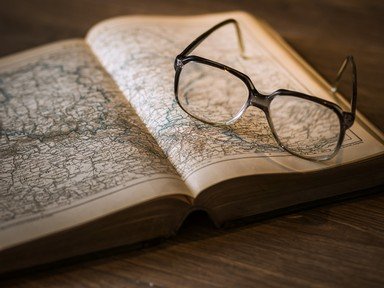Quiz Answer Key and Fun Facts
1. Battle of Hastings
2. Thomas Becket becomes Archbishop of Canterbury
3. Kublai Khan was proclaimed as the fifth Khagan of the Mongol empire
4. Charles V of France founded a royal library at the Louvre
5. Edward IV is crowned during the Wars of the Roses
6. Both Shakespeare and Galileo were born
7. Great Fire of London
8. Catherine the Great established the Smolny Institute for girls in Russia
9. The Battle of Fort Sumter
10. First successful human space flight
Source: Author
Lottie1001
This quiz was reviewed by FunTrivia editor
ponycargirl before going online.
Any errors found in FunTrivia content are routinely corrected through our feedback system.
